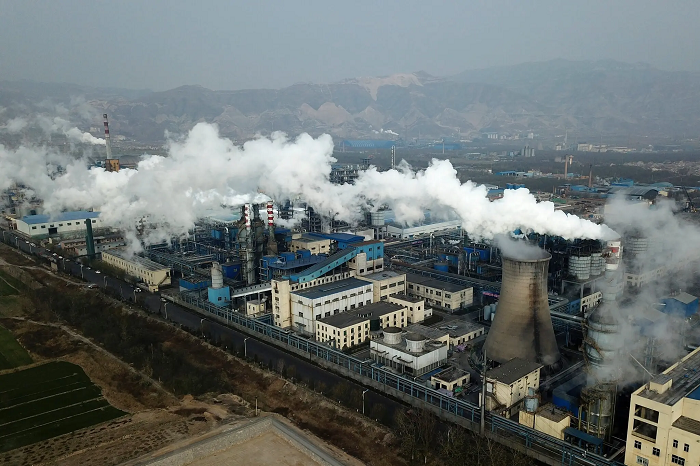
Recycling used clothing, household linens (TLC), and shoes continues to be a major hurdle, primarily due to the intricate mix of materials and decorative elements prevalent in their design. However, a groundbreaking study update by Refashion in 2024, drawing upon research from ENSAIT (École Nationale Supérieure des Arts et Industries Textiles) and insights from industry stakeholders, pinpoints specific design choices as either major disruptors or crucial enablers in the recycling process.
The report, titled ‘Disruptors and facilitators of the recycling of Clothing Textiles, Household Linens and Footwear (TLC): State of play’, emphasizes the critical role of eco-design in integrating recyclability right from the initial stages of product creation. "Our updated study underscores a fundamental truth: the decisions made at the design table have a profound impact on whether a textile or shoe can be effectively recycled at its end-of-life," explains a Refashion spokesperson. "By understanding and minimizing disruptors while maximizing facilitators, we can significantly advance the circularity of the textile and footwear industries."
Decoding disruptors, the recycling saboteurs
The research identifies several ‘disruptors’ that complicate or even prevent efficient recycling. These can be external additions like buttons, zippers, and intricate embroidery, or internal elements inherent to the material composition. For example, a seemingly fashionable jacket made from a blend of cotton, polyester, and rayon with over 8 per cent elastane and adorned with numerous metal studs exemplifies a product riddled with disruptors. Separating the fibers is technically challenging, the high elastane content compromises mechanical recycling, and the metal studs necessitate manual removal, adding significant cost and time to the process.
Disruptors identified
• Complex material mixtures: Fabrics composed of three or more different fiber types pose a significant challenge for separation and subsequent recycling processes.
• High elastane content: The presence of elastane exceeding 5 per cent in textiles hinders mechanical recycling processes and can contaminate other material streams.
• All-over decorative elements: Features such as sequins, coatings, prints, and rigid embellishments not only complicate sorting but can also damage recycling machinery.
• Metalloplastic threads: These threads, often used for decorative purposes, are difficult to separate and can interfere with various recycling technologies.
• Electronic and electrical components: Increasingly found in smart textiles and footwear, these components require specialized removal and processing to avoid damaging equipment and contaminating material streams.
Facilitators, paving the way for circularity
Conversely, the study highlights design choices that significantly ease and improve recycling processes. These facilitators offer pathways towards a more circular system.
Facilitators identified
• Monomaterial composition: Textiles made from a single fiber type (e.g., 100 per cent cotton or 100 per cent polyester) are the most straightforward to recycle, allowing for efficient sorting and processing.
• Single-layer construction: Garments and linens made with a single layer of fabric, without bonded or laminated layers, simplify the recycling process.
• Monochrome fabrics without superfluous additions: Plain, single-colored textiles without purely aesthetic embellishments streamline sorting and processing.
• Hot-melt wires for dismantling: The use of heat-sensitive wires in shoe construction can facilitate easier separation of the upper and sole components.
"Imagine a simple T-shirt made from 100 per cent organic cotton, dyed with a single, eco-friendly color, and free of any unnecessary embellishments. This seemingly basic design is a recycling champion," states Anya Sharma, a textile sustainability expert consulted for the study. "It allows for efficient mechanical recycling, preserving the valuable cotton fibers for future use."
Shoe recycling, sector ripe for innovation
The study sheds light on the particularly complex landscape of shoe recycling, which is still in its nascent stages. The vast array of materials used, intricate assembly methods (welding, sewing, injection molding), and the frequent inclusion of metal and electronic components present significant hurdles. Currently, shoe recycling primarily relies on either crushing the entire shoe or manually/automatically separating the upper and sole.
The research emphasizes the urgent need for design innovation in the footwear sector to incorporate more facilitating elements and reduce the use of disruptive materials and complex constructions.
Eco-design for a circular future
Refashion's study serves as a crucial resource for designers, manufacturers, and policymakers. By clearly identifying disruptors and facilitators, it provides actionable insights for integrating recyclability into the very fabric of product design. This shift towards eco-design is paramount in achieving a truly circular economy for textiles and footwear, reducing waste, conserving resources, and minimizing the environmental impact of these industries. The report underscores that the future of textile and shoe recycling hinges on the choices made today at the drawing board.












